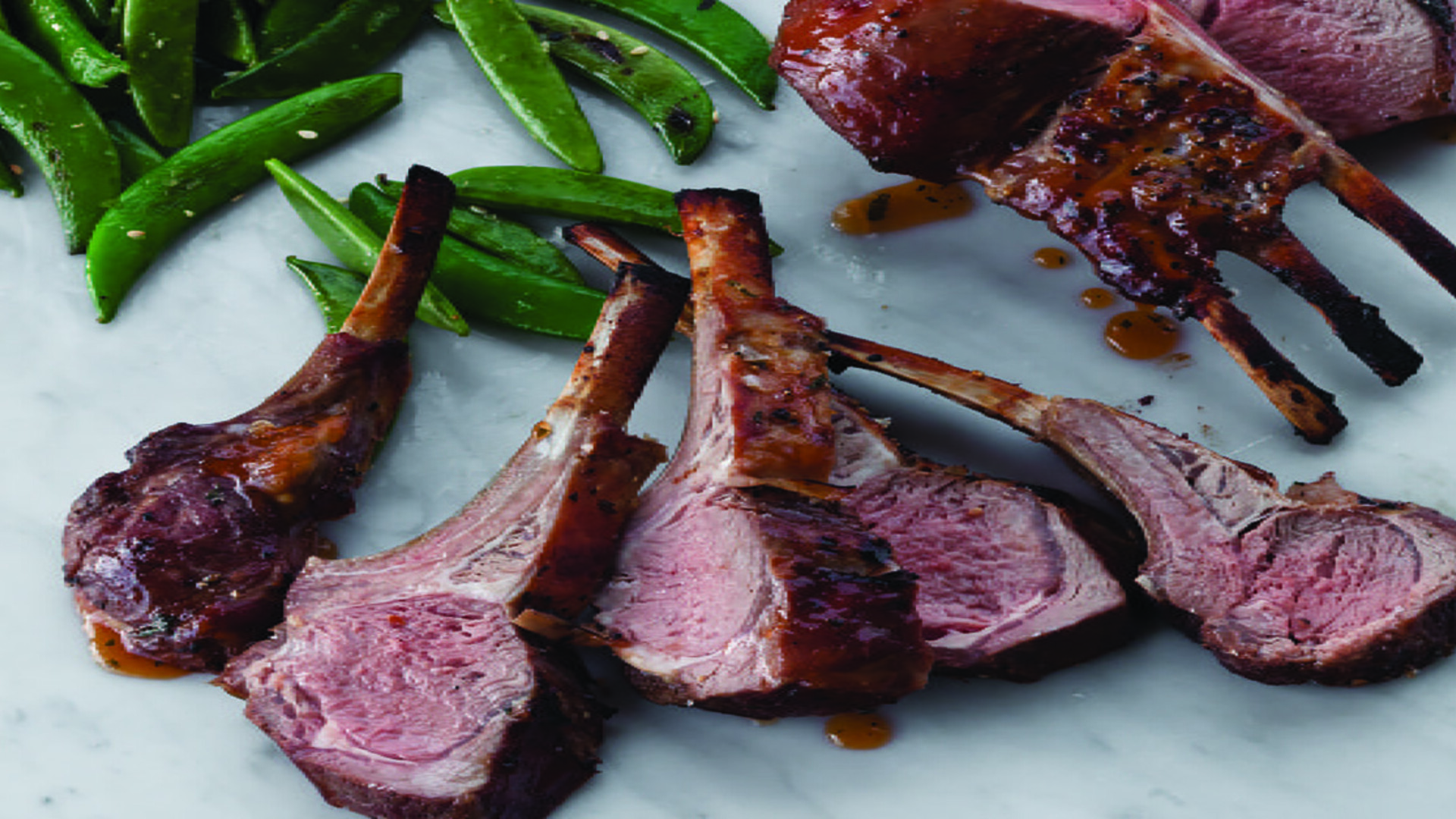American Lamb Board Releases New Consumer Insights
A new survey shows lamb purchases continue to be dominated by a segment of heavy lamb users. The Lamb Consumer Survey was conducted by Midan Marketing, LLC, for the American Lamb Board (ALB) to understand US consumers’ knowledge, perceptions and use of lamb.“It’s critical that lamb checkoff programs are built upon consumer intelligence. As we move into our long-term planning process, this study will be very important,” says Gwen Kitzan, ALB chairman.
Respondents were from a nationally representative sample of people 18 to 76 years old, who at least share responsibility for grocery shopping and food preparation, and have eaten lamb in the past 12 months, either at home or in a restaurant. The survey was conducted online August 25-30, 2021.
More than half of consumers surveyed, 52%, are aware of the source of their lamb, and 42% prefer to buy US lamb. A quarter of lamb consumers ate more lamb in the past year. Two consumer groups, which Midan Marketing identifies as “Protein Progressives” and “Family-First Food Lovers,” are key lamb consumers. These consumers, while different in many ways, tend to focus on quality and take pride in the meals they cook at home.
Flavor, quality, tenderness and freshness headline the positive perceptions of lamb. More than 75% of lamb consumers agree they eat meat because it tastes good; cooking from scratch lets them add personal touches; they look for a USDA label; and they love to cook meat.
A closer look was taken of just consumers who purchased lamb for at-home consumption in the past 12 months. Heavy purchasers, defined as those who buy lamb once a week or more, account for 26%. Moderate purchasers, eating lamb approximately twice a month to once every three months, make up 51%. Light purchasers, defined as people who buy lamb to cook at home a couple times a year or less and those who only purchase lamb at restaurants, are at 23%.
Heavy lamb purchasers skew toward being college-educated Millennials with families, living in urban areas and making more than $100,000 per year. They are much more likely to have eaten a wide variety of proteins during the past 12 months, including non-traditional meats. There is a strong correlation between eating lamb at home and ordering it in a restaurant, with heavy retail purchasers driving the latter as well. “Millennials have been a main target audience for ALB outreach,” points out Kitzan.
Moderate purchasers are seeking to better understand lamb cuts and want more cooking guidance. This group cites social media as a popular source for new recipes. Approximately one-fourth of these consumers purchase due to habit, impulse or having a specific recipe that calls for lamb.
Heavy and moderate purchasers make lamb part of their dinner routine. Light purchasers tend to choose lamb for special occasions, underlining consumers’ association of lamb with cultural heritage, special occasions and flavor diversity.
Light to moderate lamb purchasers are often prompted to buy lamb because of recipes and easy access to products. Heavy purchasers have come to rely upon online sources, including grocery store pickup and delivery, and are most likely to buy cuts beyond loin chops, which is the most common cut of lamb prepared at home.
Price remains the largest barrier for lamb purchases by moderate and light purchasers; yet about 2 out of 3 lamb consumers plan to buy lamb for their household in the next six months, a time frame that coincides with the fall/winter holidays.
To obtain a copy of the study, email Rae Villa at rae@americanlamb.com.
The American Lamb Board is funded by the American Lamb Checkoff and is charged with building awareness and expanding demand for American Lamb and strengthening its position in the marketplace, thereby increasing the potential long-range economic growth of all industry sectors.
Source: American Lamb Board

















